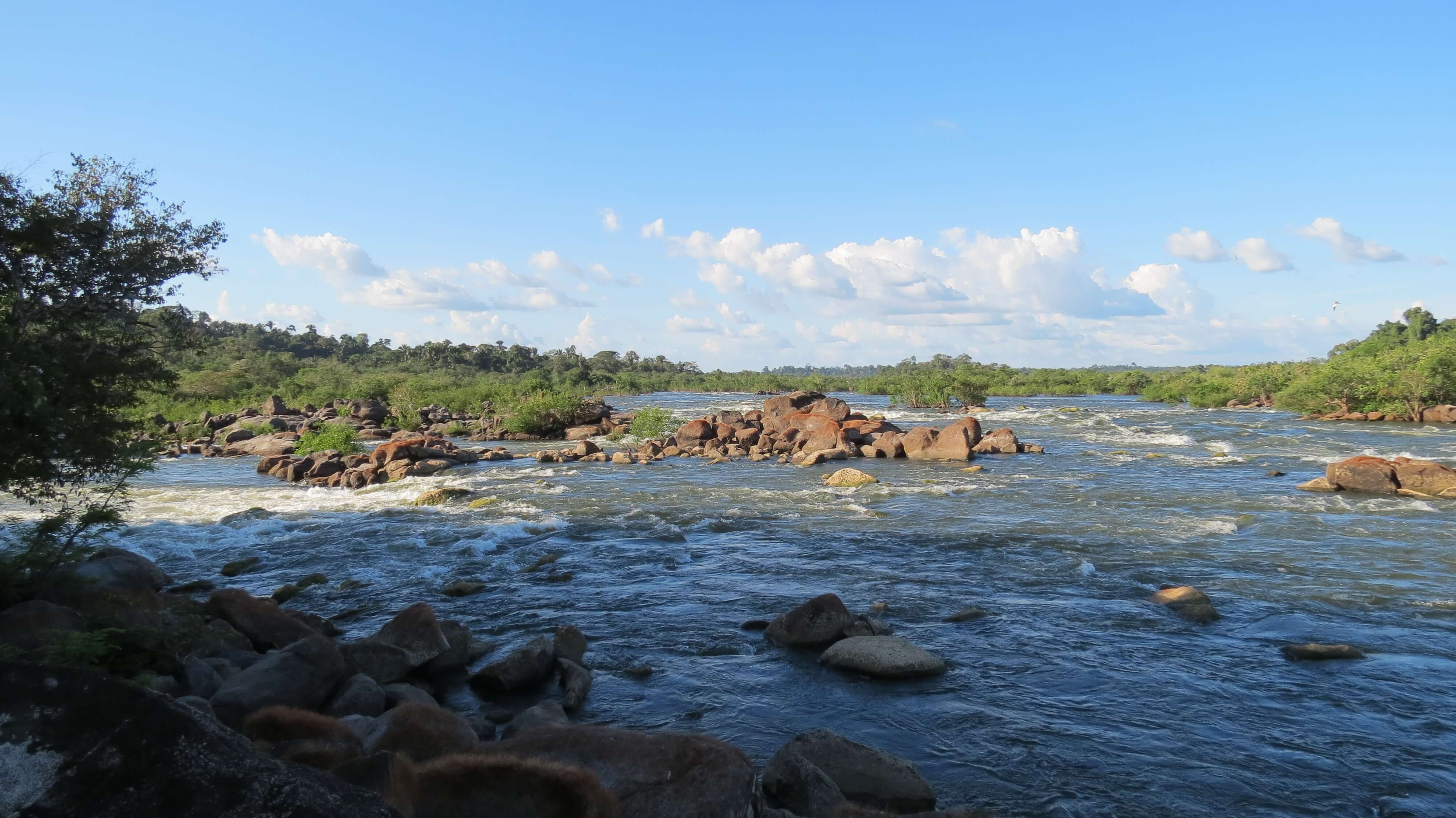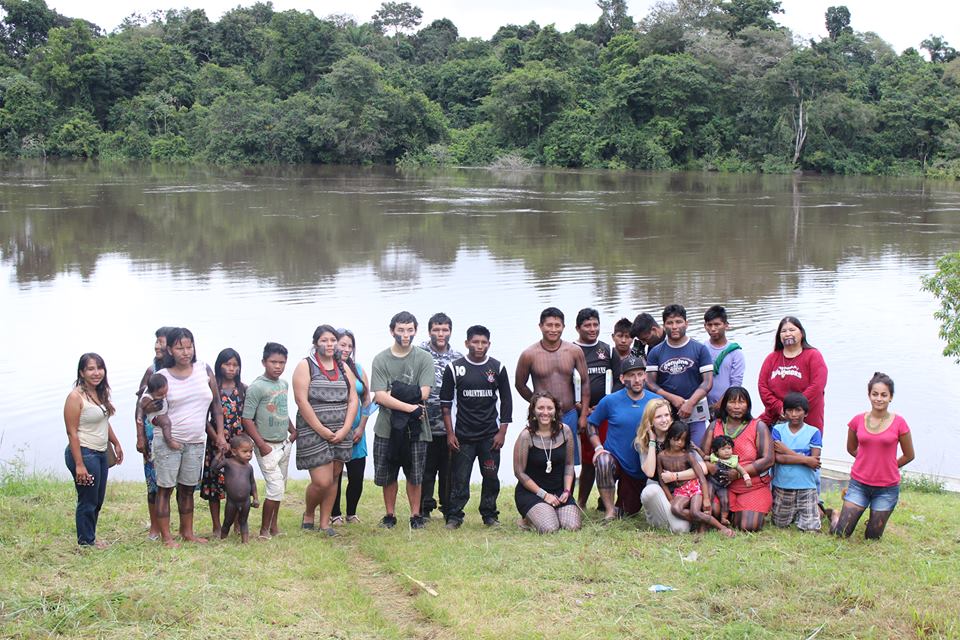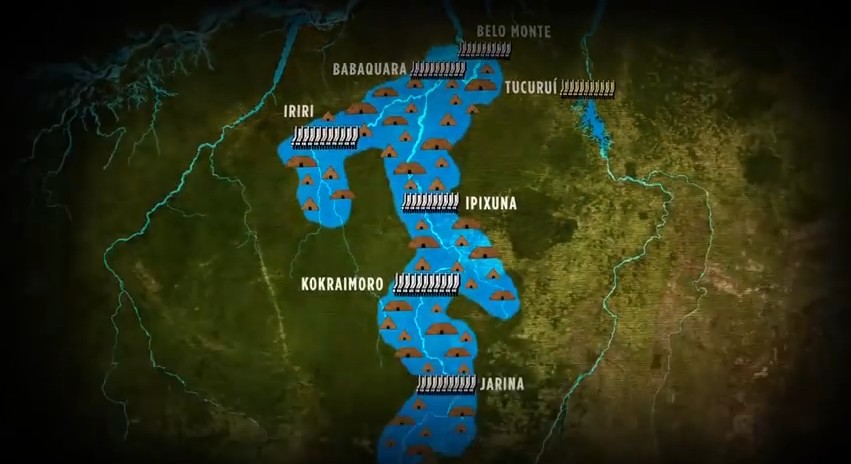 The Arará were known as great warriors and hunters and were largely nomadic; they depended on the ability of hunters to make ties and connections with groups of outsiders. Most of the Arará, also known as Ukarãngmã (or the ‘‘people of the red macaws’), reside in the Brazilian state of Pará.
The Arará were known as great warriors and hunters and were largely nomadic; they depended on the ability of hunters to make ties and connections with groups of outsiders. Most of the Arará, also known as Ukarãngmã (or the ‘‘people of the red macaws’), reside in the Brazilian state of Pará.
The Arará language is from the Karib family. The Apiacá of the Tocantins (extinct), the Yaruma (extinct) and the Ikpeng are all part of the same linguistic family. The Arará were traditionally polygamous and spouses were chosen based on traditional socio-cultural norms. They do not bury their dead and instead build funeral platform homes in the forest.
Since the 1970s Arará have been driven off their land and forced to live in three villages where the National Indian Foundation has allowed fundamentalist missionaries to come in, bringing rapid and profound changes to the Arará way of life.
The community was severely impacted by the development of the Trans-Amazonian highway. The Arará population in 1998 was only 195, but has grown slightly since then, the community is so small that all descendants can trace their ancestry to one woman. Much of community life takes place in the Laranjal village plaza, where there are three recognized groups occupying five homes.
You can learn more about the Arará at http://www.minorityrights.org/?lid=5290




